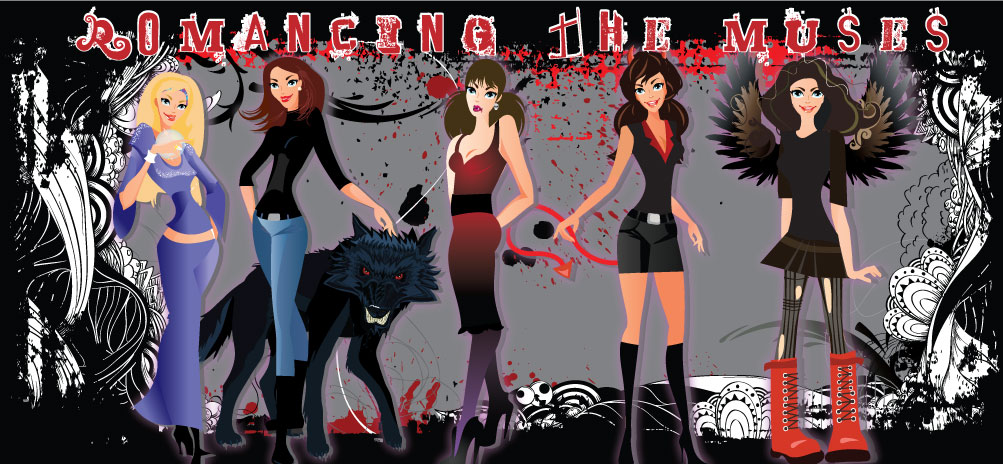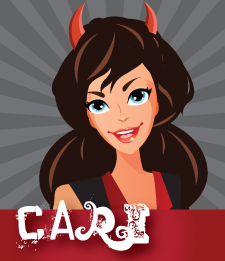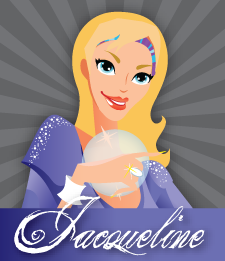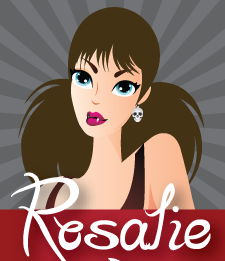Aside from being a writer, I also line edit for a publishing house. I decided to compile a few things that I find myself frequently encountering.
Now, when writing a first draft, it’s always better to just write and get the story out. Nothing can stifle the creative process like self-editing. However, when reviewing your manuscript for submission, there are a few things to keep in mind.
Here is the gist, a practical list of don’ts for you:
1) 1) Don’t get “pronoun fever.” In several manuscripts I’ve edited, the author has gone for paragraphs, even more than a page, without mentioning the character(s) by name. This is one thing if you’re writing from first person, but third person stories demand the use of names. This is especially important if you’re writing a scene with three or more characters, or a scene with two characters of the same gender.
Jane laughed, tossing her hair over her shoulder. “I told you not to go.”
“I know, I know!” Beth wailed, collapsing onto a sofa.
“It was bad, wasn’t it?”
“Horrendously bad.”
She laughed and shook her head. It was just like her friend to go directly against her advice, and though she’d expected it, she couldn’t help but feel amused. It was definite proof that some things never changed.
“Did you at least try the chicken?” she asked.
“What chicken?”
“At Dijon’s.”
“Oh,” she replied. “We didn’t go to Dijon’s.”
She snickered. “Of course you didn’t.”
So you may know exactly who is saying what in the above snippet, but that doesn’t make it any less clumsy. Even if you’re not concerned about confusing readers, you should definitely be concerned about boring them with an overload of “she’s, he’s, him’s, her’s,” and so on.
<! 2) Don’t rely on the same adjectives. Good writers will find different ways to describe something. If you find yourself using words that mean the same thing (i.e., “cool, cold, icy, chilly, freezing, etc.”) within two consecutive paragraphs, you might have gone overboard.
<! 3) SHOW! DON’T TELL! – So how many of you have heard this phrase before? Of the following two sentences, which is the most descriptive? Which is the most exciting? Which gets you into the scene?
a. “How could you?” Brad demanded angrily.
b. He trembled, his hands flexing into fists, a dark cold rage seizing him from the inside out. “How could you?”
<! 4) Make sure the actions your characters take are feasible. Example: don’t have them turn on a light before entering a room.
<! 5) In dialogue, only one character gets to speak in a paragraph. If Bob starts off a paragraph by saying, “What do want to do tonight?”, Sue cannot end the SAME paragraph by saying, “Not sure. Any ideas?” This rule CAN be broken, but you have to write it very carefully. Overall, it’s not advisable.
These are just a few examples, but they are a good starting place.










2 comments:
Good advice! Especially interesting coming from an editor, as you all hold the fate of our manuscripts in your bloodthirsty little hands. (BTW, SheGate totally lost me. I must not be one of the gifted few, LOL!)
SheGate
PERFECT description! LOL!
Post a Comment